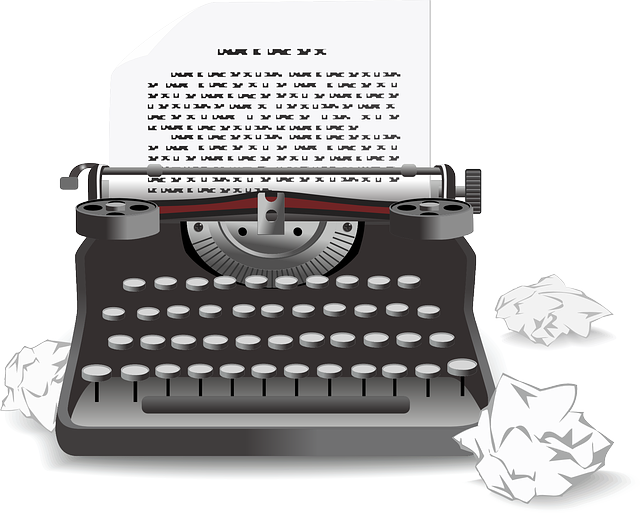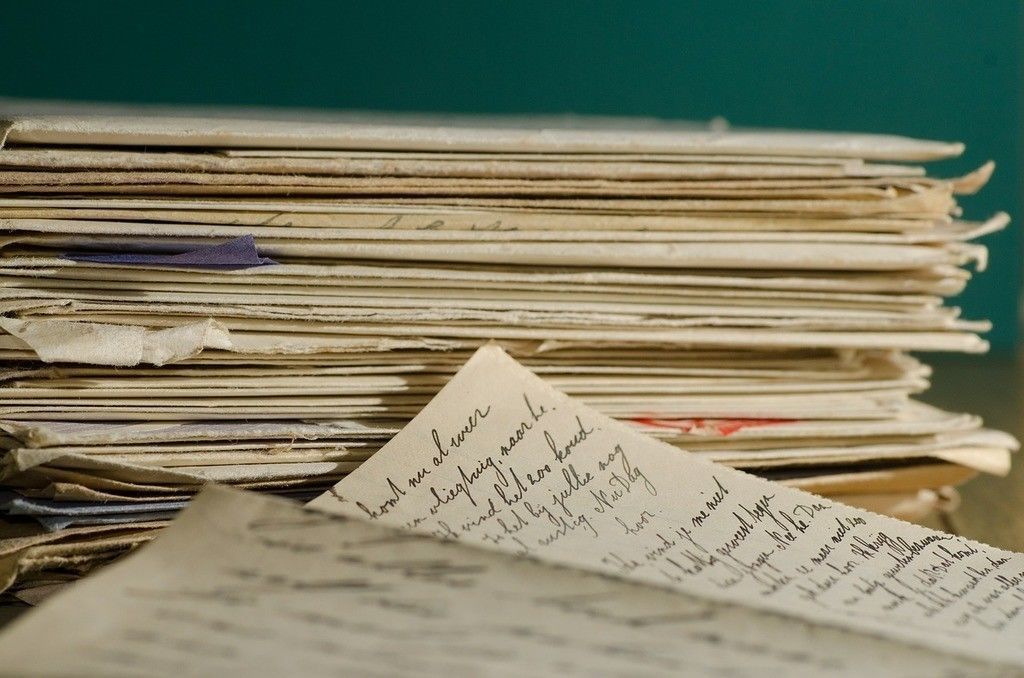The Plain Text Rebellion
 Let me tell you a story.
Let me tell you a story.
When I was in high school, I remember when typewriters became computers and document processing a la touch typing became the darling-do.
Yes, I dated myself there. Cope and deal. I did a long time ago, you whipper-snappers. It could be worse: I could have regaled you with the brief fascination with daisy-wheels. We had 52 letters, 10 digits and a smattering of symbols. Tab-stops and the black-red ribbon were a goram innovation! I also remember cursively writing my middle-school creative writing assignments.
Why are you staring at me? I did it again. Damn.
Anyhoooo.
There was a time when we worried more about getting words on paper and our thoughts expressed clearly and concisely. Formatting and typesetting was someone else’s job or at least a separate step in the publishing process.
Then computers came and ruined it all. I’m looking all squinty-eyed and pudgy-finger-pointing at you WordPerfect.
It’s way too easy to edit as you go and decorate text. You’re right there. A red-squiggly here, some bold and italics there. Wait, that font doesn’t look quite right. Ooooo… headers. Gotta get me some of those. Bullet styles? Now we’re talking.
Get my point? No? Fine. Let me spell it out. Text decoration and micro-editing in line is the number one killer to your daily word count**. Once you get your butt in the chair, that is.
Want to crank out word count? Stop futzing and formatting. But we don’t have to go back to cursive writing. What are we? Barbarians?
No. Let me introduce you to an exciting new technology called: PLAIN TEXT.
It’s a distraction-free editing experience designed to help you bleed words faster than… than… than something really fast.
Here’s the deal. You can type plain text in any editor on any computer. Even an email to yourself counts. So long as you’re cranking out words, it doesn’t matter where. If you use a tool like Dropbox or Evernote, it’s even cooler.
The secret is to separate the editing and typesetting thing from the actual writing thing.** They are two different activities, requiring different mindsets and skills. It’s a left versus right brain thing.
Trying to do both at the same time splits your focus and dilutes your result. I’m not kidding. Multitasking is a myth. Look it up. Just don’t tell Anisa.
You can always write first and edit later. If you don’t believe me, ask Mark Twain:
You need not expect to get your book right the first time. Go to work and revamp or rewrite it. God only exhibits his thunder and lightning at intervals, and so they always command attention. These are God’s adjectives. You thunder and lightning too much; the reader ceases to get under the bed, by and by.
But wait! There’s more.
You can cheat a little. You can format a widdle bit using plain text using a little technique from the early days when the internet was spelled with a capital ‘I’ and BBS were things.
It’s called Markdown, codified by John Gruber and an option in nearly every web editor and blogging engine on the planet worth its keystrokes. The full documentation is online, but the easiest way is to take a look at the Markdown version of this post by clicking here. If you want to noodle around a bit, try a web app like Dillinger.




